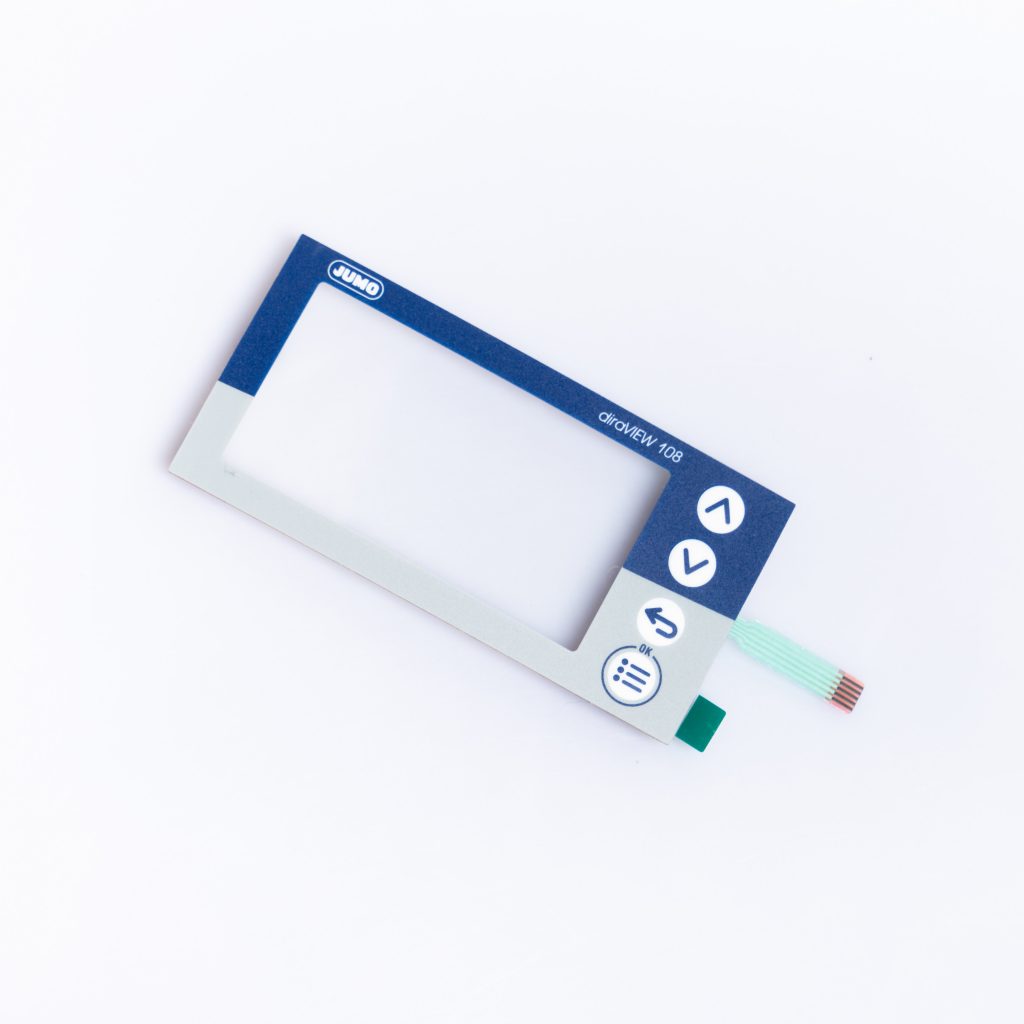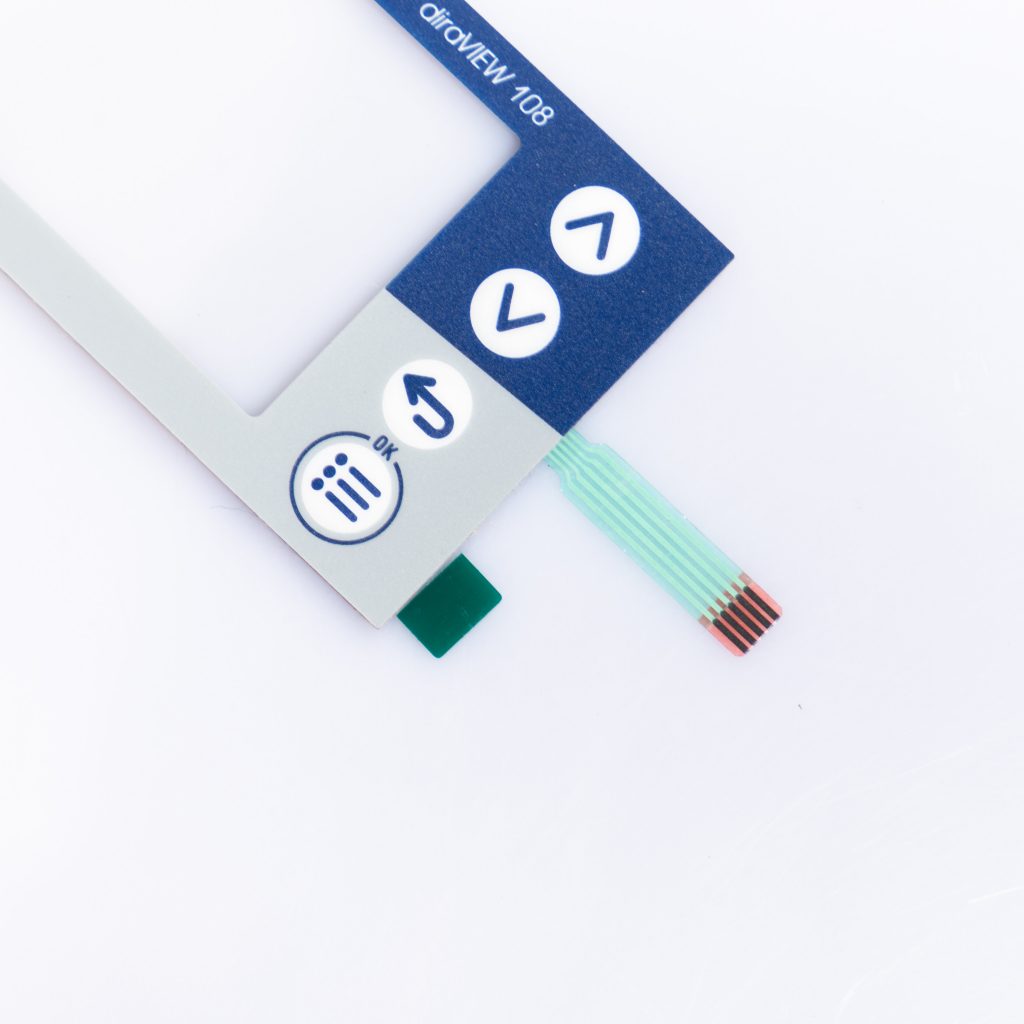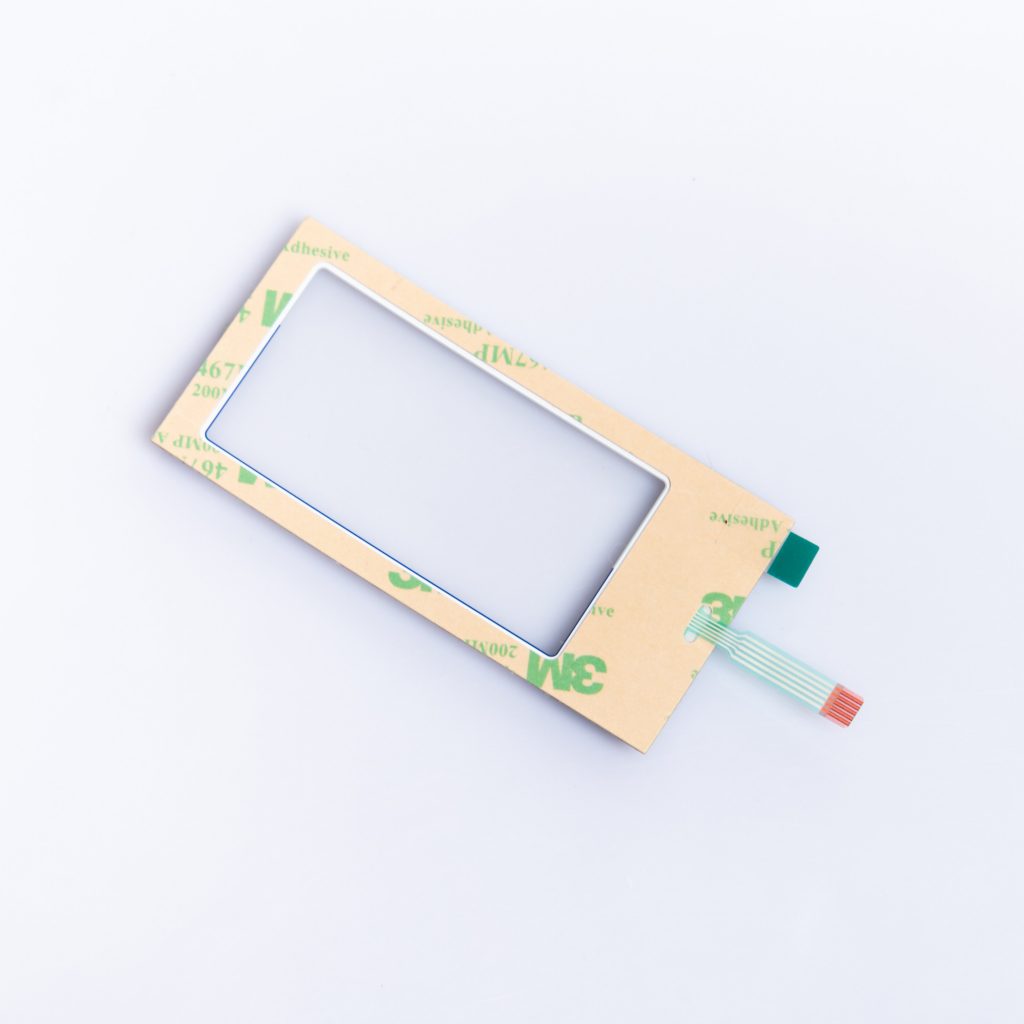Contact
Write to Us And We Would Be Happy to Advise You.
Do you have any questions, or would you like to speak directly with a representative?
By hqt
From antiquated dials and knobs to digital control panels, the metamorphosis of measuring and controlling instruments has been nothing short of revolutionary. In the heart of this transformation lies the membrane switch, a groundbreaking component that has enhanced the efficacy and accuracy of intelligent digital instruments.



Now, let’s get to brass tacks and dive deep into the realm of membrane switches. What on earth is it? The membrane switch, a pivotal element in intelligent digital measuring and controlling instruments, is essentially an electrical switch for turning a circuit on and off.
Rather than the traditional mechanical switch, this touch-sensitive device is far more superior and efficient. The technology incorporates layers of flexible, thin plastic sheets integrated with an electrical circuit. These membrane switches are often found on appliances and other devices, making them a universal solution in the field of electronic component design. They add a whole new dimension of functionality, resilience, and ease of use to modern equipment.
Imagine you’re sipping on a hot cup of joe, and your curiosity sparks: how does this magic happen? The membrane switch functions through a simple yet sophisticated process.
When a user applies pressure on the front side of the switch— voilà! The conductive material comes into contact with the circuit underneath, enabling current to flow and the device to function. It’s like playing a symphony on a piano, where each key hit creates a note, but instead of melodies, we’re generating commands for our intelligent device.
The Layers that Make Up the Membrane Switch
Here’s the long and short of it: the membrane switch consists of several layers, each with a unique purpose. The topmost layer, the graphic overlay, is the user-interface where symbols or icons are printed. Below this, there’s the upper circuit layer, the adhesive layer, the spacer, another adhesive layer, and then the lower circuit layer. The backing layer seals the deal at the end.
This “sandwich” structure, as some like to call it, is the secret to the membrane switch’s success in providing efficient, reliable user-interface solutions.
If you’re wondering where the rubber meets the road, it’s in the numerous applications of the membrane switch in the world of intelligent digital measuring and controlling instruments. The beauty of these switches is their versatility and adaptability.
From laboratories and manufacturing units to household devices, these switches play an instrumental role in ensuring efficient control and precise readings.
In Medical Devices
Picture a high-tech medical lab. Amid the hum of machinery and the hustle and bustle, you’ll find membrane switches playing a silent but significant role. They offer the reliability and precision necessary in critical devices like patient monitoring systems, infusion pumps, and ultrasound equipment.
In Industrial Controls
In the high-demand world of industry, the membrane switch holds its own. Industrial controls often employ these switches for their durability, ease of cleaning, and their ability to stand up to harsh environmental conditions.
In Household Appliances
And let’s not forget about home sweet home. Your microwave, washing machine, or even your beloved coffee maker— these everyday devices use membrane switches to ensure user-friendly control.
While the advantages of using membrane switches in intelligent digital measuring and controlling instruments are as clear as a bell, it wouldn’t hurt to list them down.
What is a membrane switch? A membrane switch is an electrical switch that activates or deactivates a circuit when pressure is applied. It is a touch-sensitive device used in numerous intelligent digital measuring and controlling instruments.
How does a membrane switch work? A membrane switch works by applying pressure on the front side. This pressure causes the conductive material to come into contact with the circuit underneath, enabling current to flow and the device to function.
What are the layers in a membrane switch? A membrane switch consists of several layers, including the graphic overlay, the upper circuit layer, adhesive layers, a spacer, and the lower circuit layer, all sealed with a backing layer.
What are some applications of membrane switches in intelligent digital measuring and controlling instruments? Membrane switches find applications in various fields, such as medical devices, industrial controls, and household appliances, where they offer reliable control and precise readings.
What are the advantages of using membrane switches in these instruments? The advantages include a user-friendly interface, versatility, durability, and cost-effectiveness.
Are membrane switches durable? Yes, membrane switches are known for their durability. They are designed to resist harsh conditions, making them long-lasting components.
The advent of the membrane switch in intelligent digital measuring and controlling instruments has transformed the landscape of user-interface technology. It has enhanced the ease of use, reliability, and precision of various devices across industries, becoming an integral part of our everyday lives. The switch’s success story is a testament to the power of innovation and technology. And there’s no doubt that the journey of the humble membrane switch has only just begun.
Do you have any questions, or would you like to speak directly with a representative?